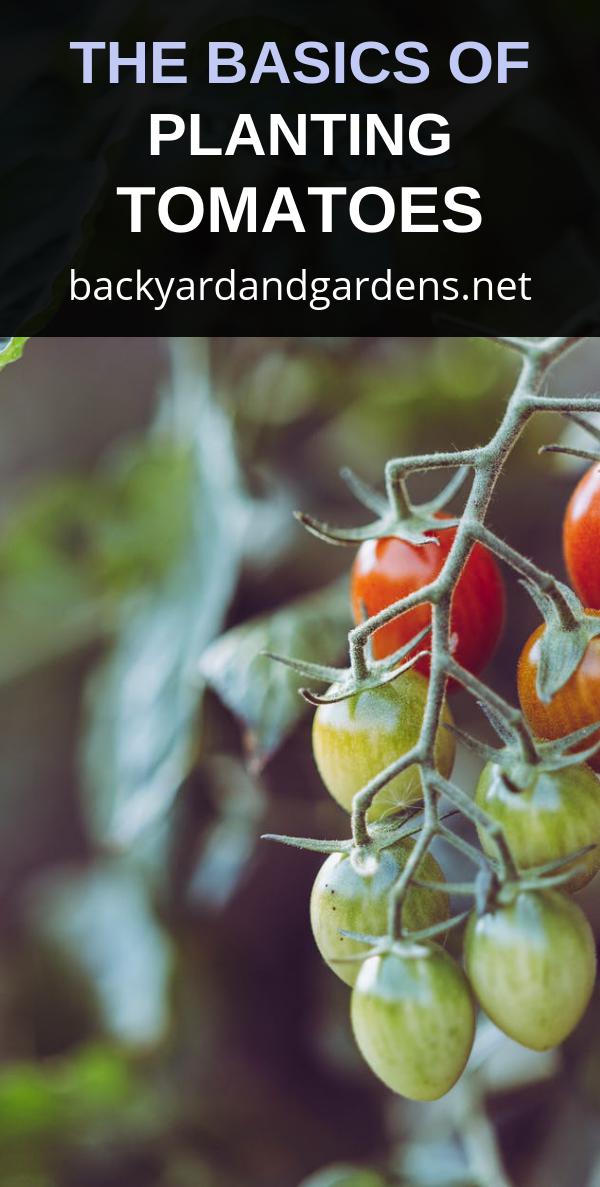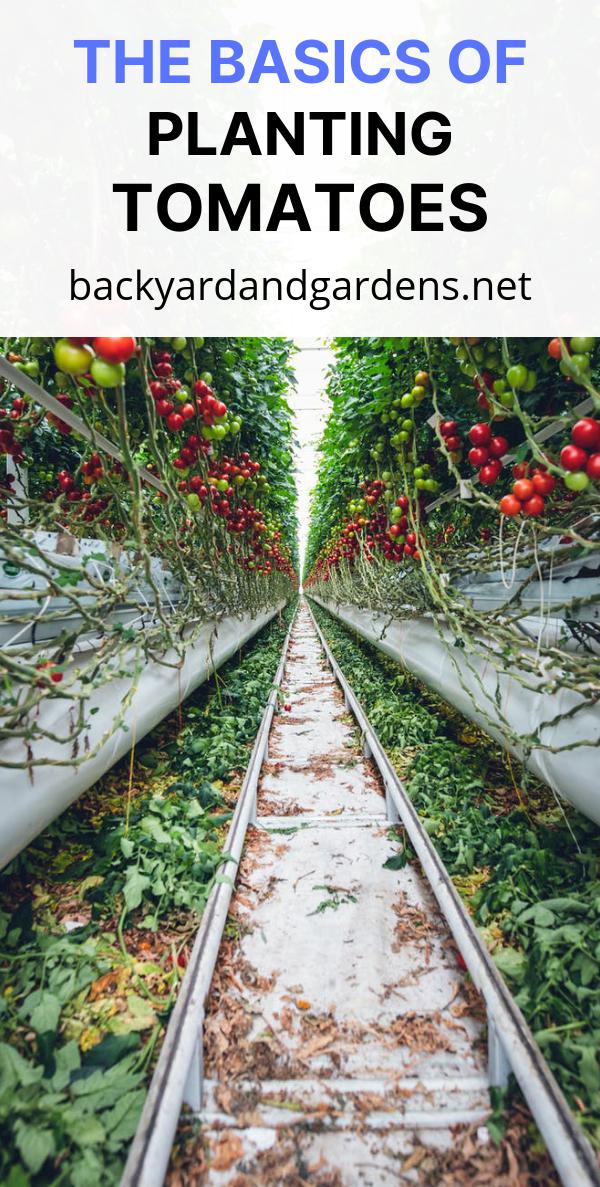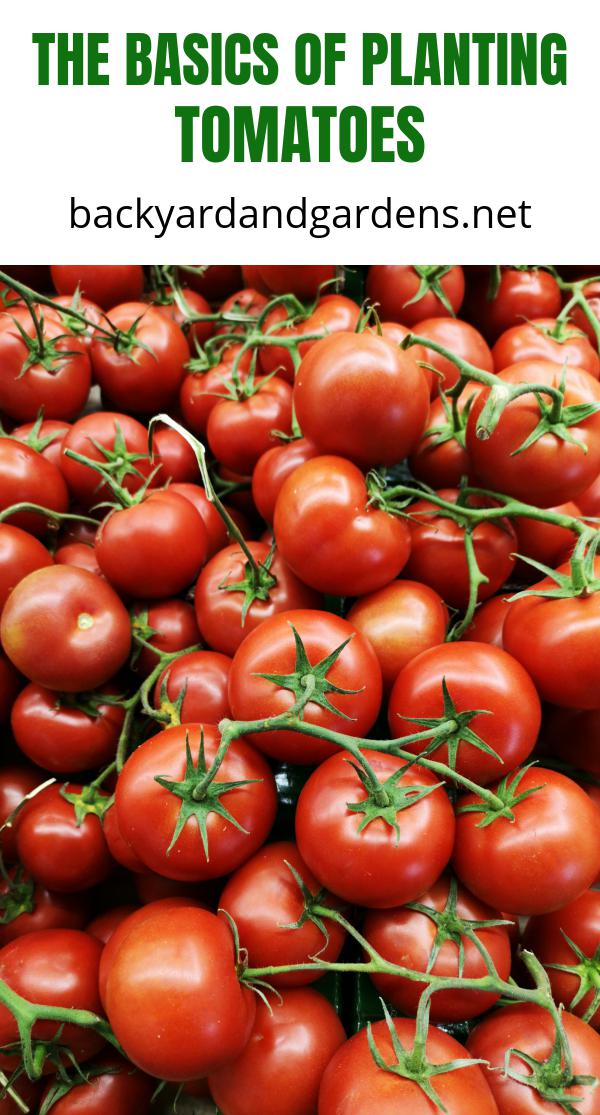The Basics of Planting Tomatoes
Planting tomatoes in large quantities is the most practical approach to grow tomatoes at home. It gives you the pleasure of being able to consume them at home with your favorite meals. However, having a huge amount of tomatoes at home can be a strain on your budget as well as time.
The first step is to identify the varieties of tomatoes that you want to plant and also where they should be planted. The next step is to ensure that you have the perfect amount of space for your plants to grow.

Harvesting a bountiful crop is one of the key concerns in planting tomatoes at home. There are three different methods of growing the plants which will affect how the tomato fruit can be harvested. All of these methods have been tested and proven and will give the best yield of tomatoes that you can possibly imagine.
The first problem with growing tomatoes is that there are a lot of varieties of tomatoes to choose from. Before planting any tomato varieties, it is important to check whether you have the right amount of sunlight in your area. You can choose from sweet, red, or pink varieties depending on your choice and their requirements.
Tomatoes need an adequate amount of sunlight to be able to grow properly and at the same time, they are also prone to fungus infection and other fungal diseases that cause damage to the roots of the plant. The best method of ensuring a decent tomato harvest is to use netting to cover the tomatoes during the ripening period.
The second method for achieving the best crop of tomatoes is the approach of planting the seedlings in the same hole as the commercial fruits. This method is really very popular among the tomato growers as it saves you money. However, this method is not as effective as the previous one as the plant does not thrive well in a sunny environment.
Tomato propagation is another process by which the tomato plants can be grown. It requires very high-quality soil and a good amount of sunlight to provide the optimum growing conditions.
For budding varieties that do not require any specific amount of sunlight, the best option is to buy a growing kit containing a few commercial tomato varieties and soil. To be able to transplant the seedlings successfully, you need to plant them in a bed that has enough sunlight throughout the day.
Before planting, you have to make sure that the soil is evenly moist, while if the soil is too wet it may cause the tomato plant to rot. After planting, you need to ensure that the tomato plant is in the right location.

While planting the tomato plant, make sure that you are planting in a way that the roots are not touching each other. This will prevent the soil from becoming compacted which would reduce the chances of the plant losing its root system and therefore reducing the yield of the tomatoes.
The next step after planting is to ensure that the roots are covered by the soil. Some people prefer to leave the soil loose so that the roots grow well on their own.
When harvest time comes, a large crop can be harvested by using a gravity-fed harvesting machine. This is mostly done by commercial tomato growers.
However, most backyard tomato gardens can just be harvested manually. This way makes the most sense, anyway, because you can simply pick and use whatever is ripe at the moment, while leaving the un-ripe tomatoes on the plants until they are fully ripe and ready to be hand-harvested.
